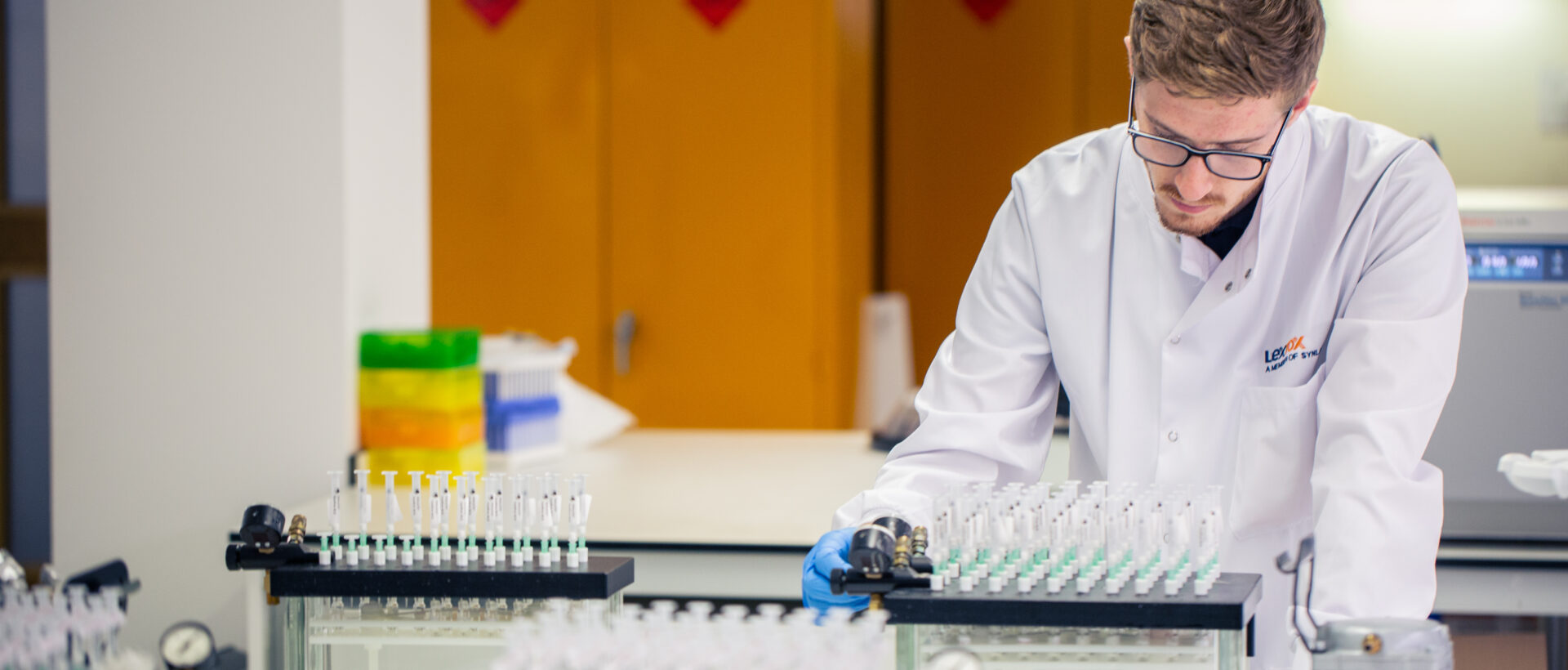
The role of drug and alcohol testing in family law
By Ellie Rees, Marketing Communications Manager
Drug and alcohol testing can play a pivotal role in child protection cases. Assessing whether a parent or caregiver is regularly using alcohol or substances can provide vital evidence in determining whether a child’s safety is at risk.
When is drug and alcohol testing ordered?
A court may order testing in situations such as care proceedings, child custody disputes, adoption proceedings, or dealing with allegations of abuse or neglect. The testing can establish the presence or absence of substances in a person’s system over a period of time. This information is important to make critical decisions about child custody or visitation and can also be useful to determine whether a person needs treatment for alcohol or drug abuse.
Overview of usage
Family law solicitors and other professionals in this area usually need to establish drug and alcohol use over a set period of time. There are a variety of tests which can be used, including hair, blood and nails.
For drug testing, hair samples can provide an overview or segmented month-by-month analysis of up to twelve months, or even longer if the length of the hair permits. When scalp or body hair cannot be collected, finger nail samples can give an approximate overview of the previous six months, whereas toenail samples can cover approximately 12 – 18 months.
For alcohol testing, hair testing can provide an overview analysis for up to six months for chronic excessive alcohol consumption, but blood alcohol testing may also be an option to cover more recent use. CDT and PEth tests can provide a detection period of up to four weeks prior to the test and a liver function test can give a snapshot of potential liver damage due to excessive alcohol use. Nail testing can also be used as an alternative when hair and blood are not an option. Nail testing provides an indication of alcohol consumption over the respective approximate period of six months (fingernail) or 12-18 months (toenail).
The importance of expert analysis
As family law cases are extremely sensitive, it’s vital that results are interpreted by an expert who can provide detailed analysis and interpretation through expert reports and, if required, a court appearance.
Expert reports include an analysis of the sample, how it was carried out, details of the chain of custody and a full interpretation of results, taking into consideration external factors such as hair treatments, products and medications declared by the donor.
If further explanation is needed, written questions can be provided to the court or an expert can attend court to answer any questions regarding the results and their meaning. The court can then use the reports, written analysis and expert testimony to help them make informed decisions on case outcomes.

We can help
At Lextox, we provide all of the services outlined and have worked with over 17,000 family law professionals and local authorities across the UK. We not only understand the pre-proceedings and court process but also the important role that testing plays.
If you would like further information on how we can support you, please get in touch here.
By Ellie Rees
Marketing Communications Manager
Ellie joined Lextox in 2023 with a strong background in public sector communications, having worked on campaigns for Welsh Government, Devon County Council and the wellness to work sector. She is passionate about the work that Lextox does and creating content that breaks down a complex process into easy-to-understand formats for clients. Ellie graduated from Goldsmiths, University of London with a BA in Media and Communications and has written for several publications including The Student Guide, The Everyday Magazine and House 21.

Published 12/02/24 – All information correct at time of publication

